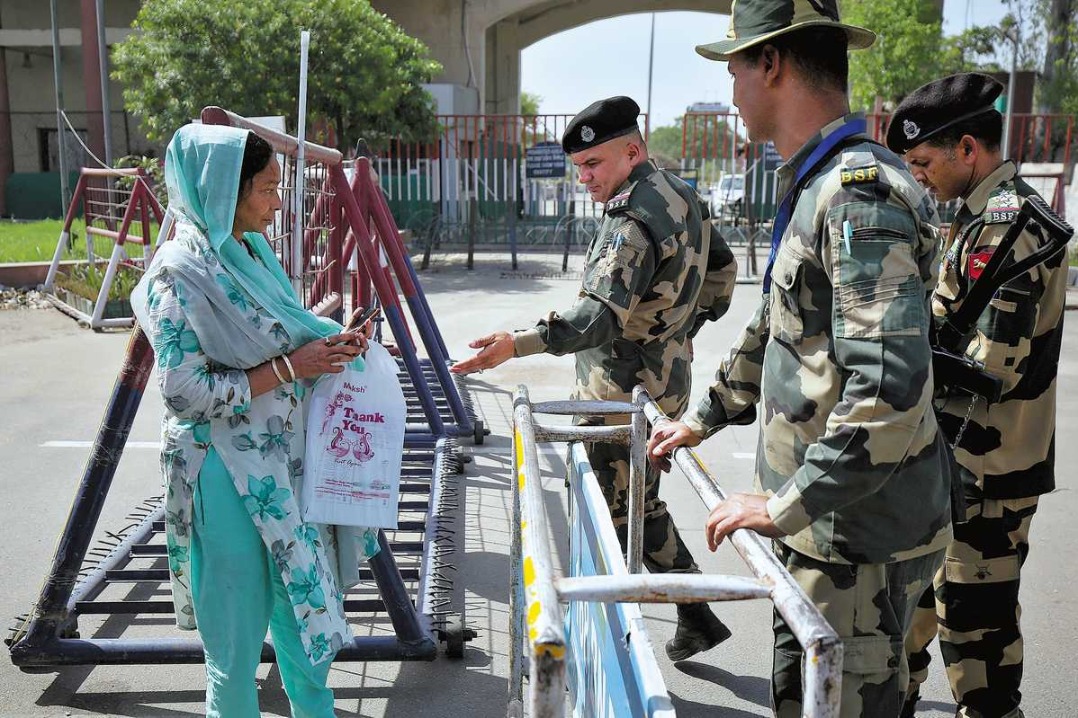Master the art down to a tea


Hand stirrers leave machines far behind when it comes to guaranteeing good taste, Yang Yang reports in Hangzhou.
About 1 pm on an early April Friday, at a studio in Tongwu village, one of the planting regions of Longjing (Dragon Well) tea in Hangzhou, East China's Zhejiang province, nine men and a woman were sitting before a shiny steel wok, each with one of their bare hands rhythmically stirring fresh tea leaves that were picked earlier that morning.
The refreshing aroma wafted from the blistering steel woks alongside the tumbling tea leaves, permeating every corner of the space. The weather was unusually hot. All the roasters wore T-shirts. Although two electric fans were running, trying valiantly to cool the air, their clothes were soaked in sweat.
Fan Shenghua, 64-year-old inheritor of the West Lake Dragon Well Tea Picking and Processing Techniques, a national-level intangible cultural heritage item, was instructing the woman on his right while his left hand continued stirring the tea leaves in his wok.
Soon, the woman put a white glove on, because the searing steel wok had branded her right palm with a peanut-sized blister.
"The temperature on the bottom of the wok is usually maintained between 140 and 200 C, so tea roasters, especially a starter like her, must be careful," Fan says.
He started learning tea roasting at 13. His hands are testament to this.
His fingers have large knuckles, and his palms are thick, covered with calluses, almost a badge of honor after five decades of continuous tea roasting with bare hands.
























